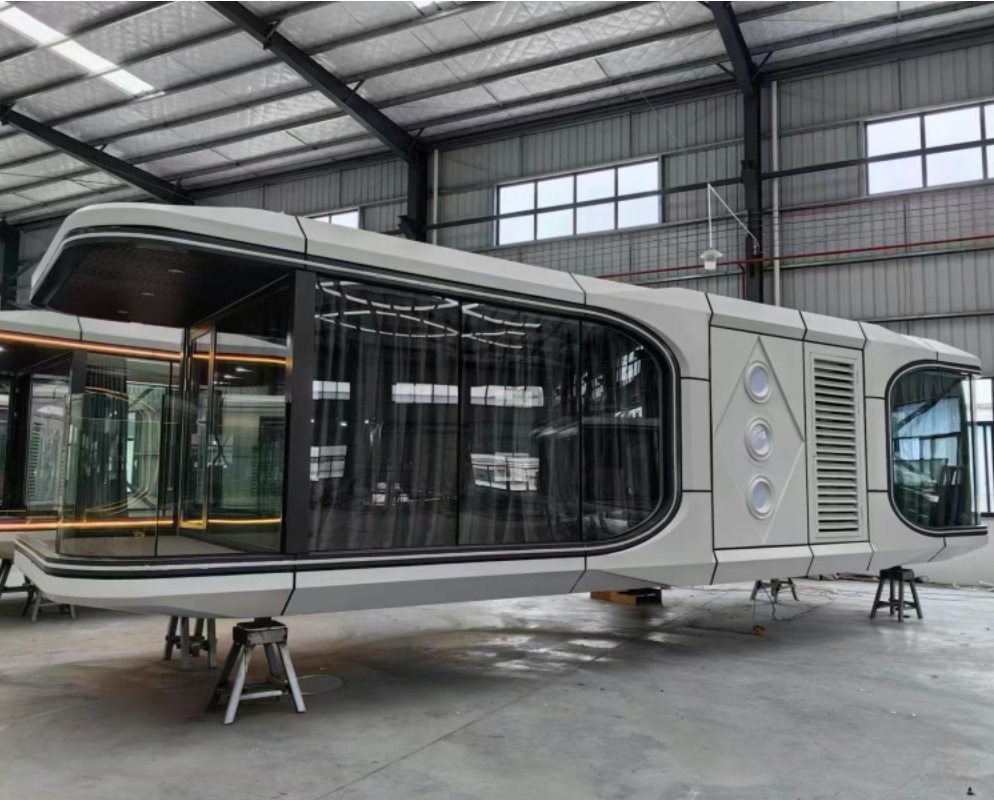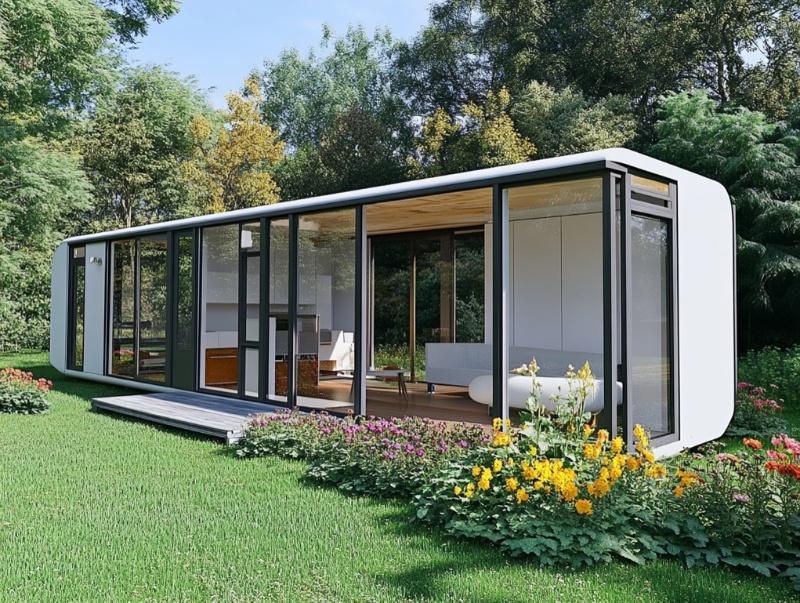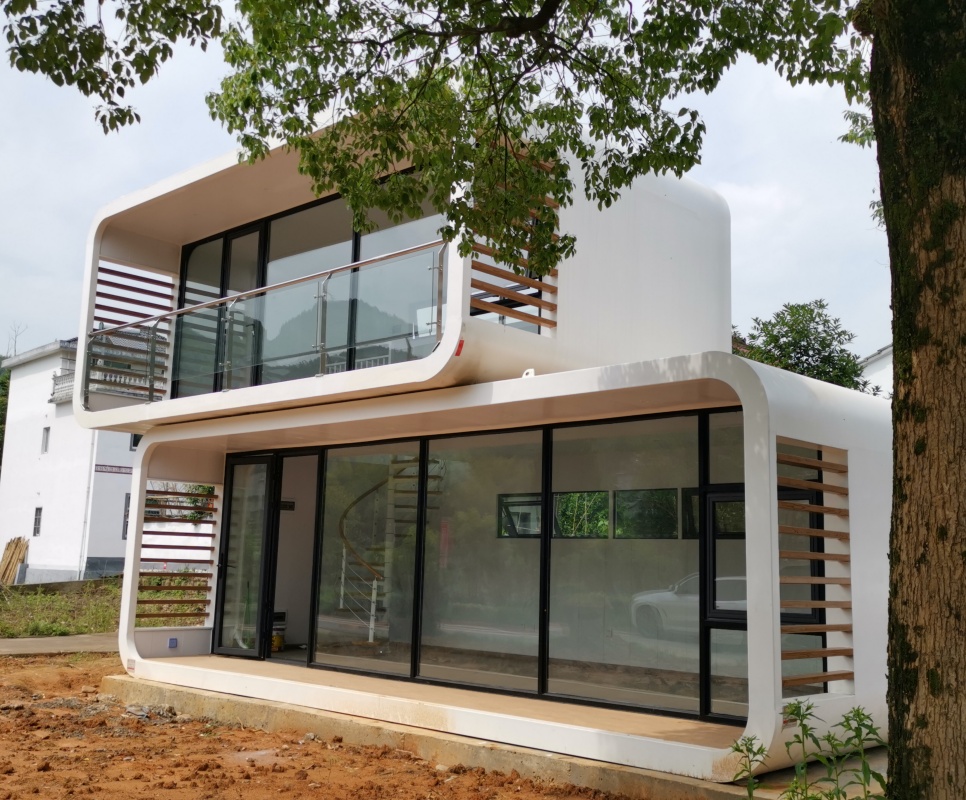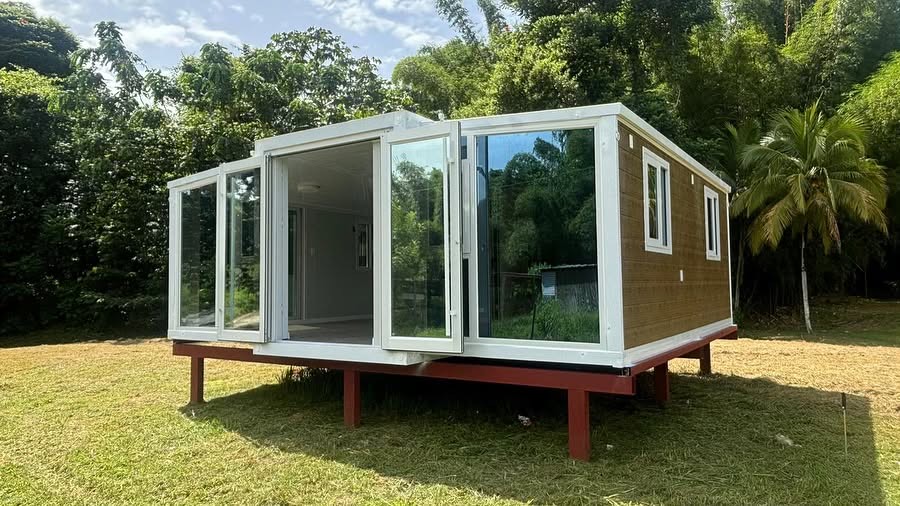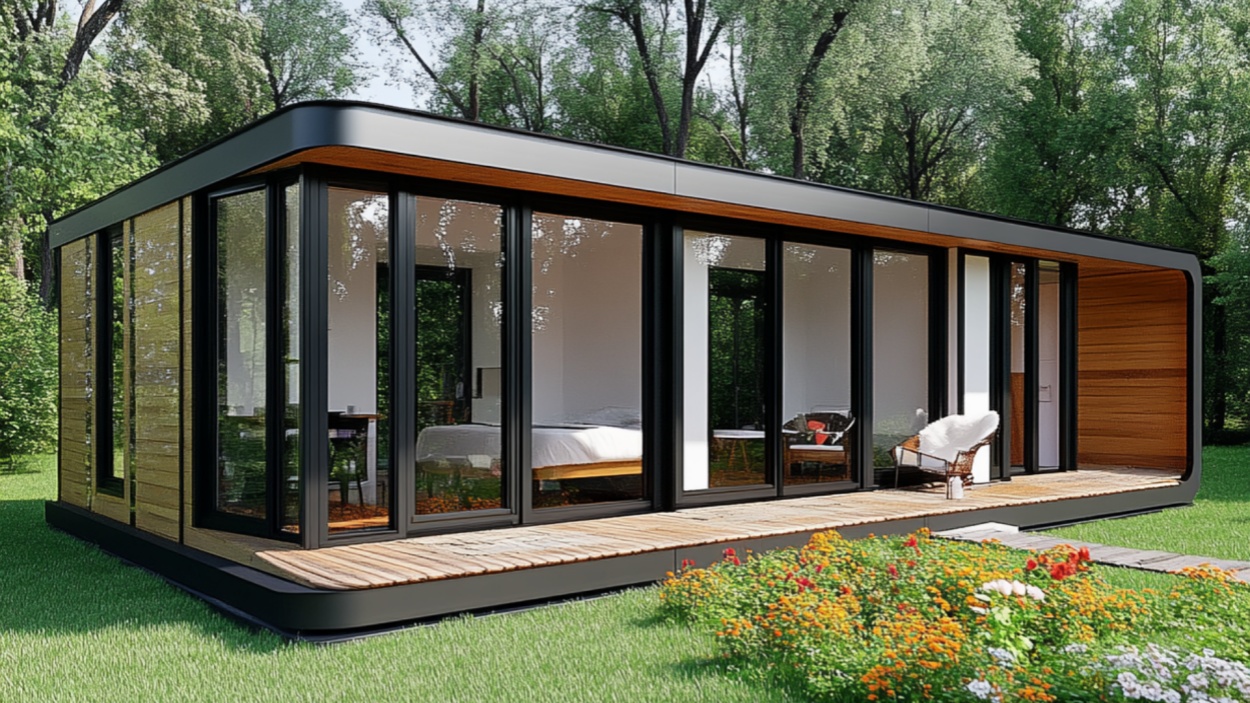Blog
Colorado’s BV Basecamp: Container Community Transforms Buena Vista Rental Housing
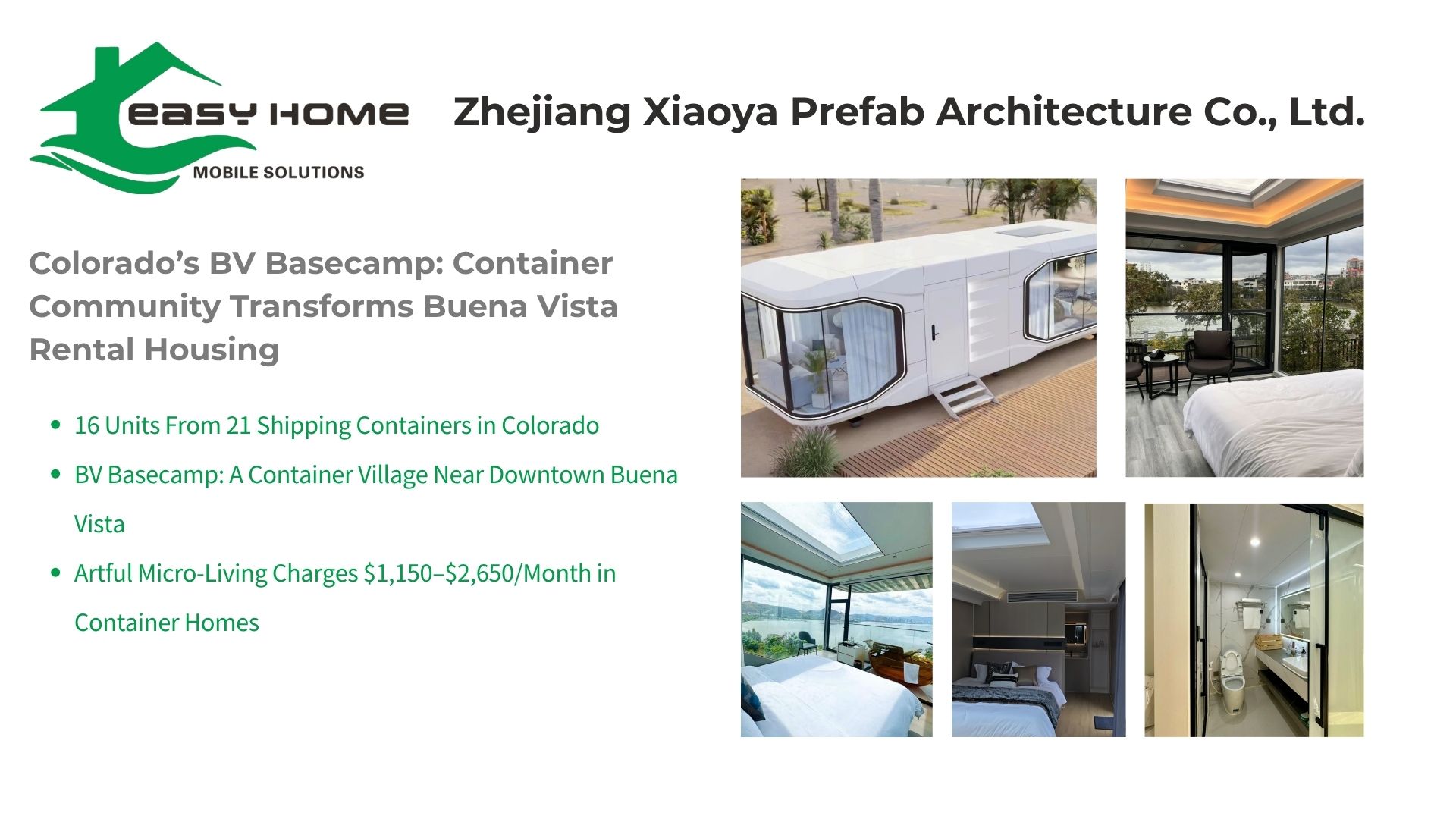
Table of Contents
-
Introduction: BV Basecamp as Container Village Pioneer
-
Project Genesis and Vision
-
Container Layout & Community Architecture
-
Unit Types, Rents, & Design Features
-
Shared Spaces: Co‑working, Studio & Courtyard
-
Permitting Struggle: Four Years to Launch
-
Interior Design & Space Efficiency
-
Sustainability & Local Materials
-
Economics: Rentability vs Affordability
-
Comparisons: Container Living vs Conventional Housing
-
Replicability: A Blueprint for Modular Living
-
Challenges & Lessons from BV Basecamp
-
Broader Impact: Inspiring Modular Housing Policy
-
Future Prospects: Container Village Trends
-
Conclusion: BV Basecamp’s Legacy for Affordable Housing
✅ Main Article (2000+ Words)
1. Introduction: BV Basecamp as Container Village Pioneer
Situated just a block from downtown Buena Vista, Colorado, BV Basecamp stands out as one of the largest shipping-container residential communities in the U.S. Developer and civil engineer Jerry Champlin converted a downtown lot into a village of 21 stacked shipping containers, creating 16 rental units, public studios, offices, and shared amenities. The project is not just a dwelling space—it’s a blueprint for modular, affordable housing addressing small-town affordability and design-forward community living.
2. Project Genesis and Vision
Jerry Champlin purchased the lot in 2019 with the ambition of building a dozen tiny homes around a courtyard. After nearly four years of zoning and planning, BV Basecamp emerged with a reimagined design: 21 steel container modules forming a compact, walkable village. The aim: address mountain town housing needs while embracing aesthetics and communal living.
Chaffee County officials noted that container building posed unusual challenges under standard building codes, but ultimately approved the plan conditional on infrastructure improvements. BV Basecamp received major site plan approval in June 2022, after which permit work and construction followed.
3. Container Layout & Community Architecture
BV Basecamp arranges its 21 containers around a central courtyard, creating a container village with spatial interaction and walkable circulation. Seventeen containers house living units: most are 160 sq ft studios, with larger 640 sq ft three-bedroom units. The remaining containers serve as shared office pods, artist studios, storage and meeting space.
The courtyard includes communal fire pits, a pizza oven, outdoor grilling, bike storage, and quiet office spaces, encouraging community immersion and outdoor engagement.
4. Unit Types, Rents, & Design Features
-
Studio (160 sq ft): Furnished, efficient layout, sliding glass entry, kitchenette, ADA‑compliant wetroom bathroom. Rents from $1,150–$1,050/month depending on listing.
-
Larger units (640 sq ft): Up to 3‑bedroom layout with full kitchen, bathroom, tub; rent about $2,650/month.
Despite its minimalist footprint, units include custom tile showers, built-in closets, pocket sliding doors, and North Dakota ash‑borer wood shelving. Every unit is sprinkler-protected and insulated beyond code.
5. Shared Spaces: Co‑working, Studio & Courtyard
BV Basecamp’s communal amenities include:
-
Shared conference room, quiet office pods for remote work
-
Artist studio and lounge with piano and gear‑repair machine
-
Central courtyard with firepit, pizza oven, grill, deck seating
-
Bike and gear storage, acknowledging outdoor lifestyle of residents
These shared features support community engagement and attract remote workers, creatives, and mountain adventurers.
6. Permitting Struggle: Four Years to Launch
Champlin spent close to four years working with planners to secure approvals under codes not designed for shipping‑container construction. He had to navigate:
-
Multiple referrals across over 20 agencies (utilities, fire, zoning)
-
Agreements related to public improvements: sidewalks, alleyways, drainage lines
-
Fire sprinklers in steel units, over‑insulation and cantilevered stacking to meet design standards
Champlin reflects that had he known the bureaucratic complexity, a simpler tiny‑house build might have been more cost‑effective—but he remained committed to proving container‑based housing could work.
7. Interior Design & Space Efficiency
Inside each container unit, the design is deliberate:
-
Toilet-shower wet rooms, designed European micro‑apartment style
-
Pocket doors eliminate swing space
-
Built‑in storage using layered plywood and recovered wood
-
Natural light from large windows facing the Collegiate or Buffalo Peaks
-
Minimalist finishes: tile accents, laminate floors, custom closets
Champlin describes it more as “an art project you get to live inside” rather than a mass-deployed affordable village.
8. Sustainability & Local Materials
The project emphasizes reuse and low impact:
-
Containers repurposed from previous shipping use
-
Furniture and shelves built from local beetle-killed ash wood
-
High-density insulation and airtight seals to minimize energy usage
-
Shared courtyard with xeriscaping and efficient water usage
Champlin hopes the design fosters a sustainable village model in small mountain towns.
9. Economics: Rentability vs Affordability
Champlin originally aimed to rent small units for under $1,000/month, but escalating costs pushed rents up:
-
Studio units now at $1,150/mo
-
Larger 640 sq ft units at $2,650/mo to meet revenue needs
-
Unexpected cost overruns raised budget nearly 30% over planned—total approaching $3.5 million.
Despite higher-than-anticipated rent, BV Basecamp still provides a lower-cost, design-forward alternative to conventional housing in Buena Vista, where average rent is over $2,150/month.
10. Comparisons: Container Living vs Conventional Housing
| Feature | BV Basecamp Container Units | Conventional Local Rentals |
|---|---|---|
| Square Footage | 160–640 sq ft | 400–1,200 sq ft+ |
| Rent | $1,150 – $2,650/mo | $1,650–$2,700/mo+ |
| Construction Time | ~3 years (approval + build) | 6–12 months |
| Sustainability | Recycled steel, local wood | New materials, higher waste |
| Community Design | Courtyard + shared pods | Standard apartment block |
| Design Narrative | Artful, compact, unique | Traditional |
BV Basecamp’s value proposition lies in innovative design and community cohesion, even if affordability is relative.
11. Replicability: A Blueprint for Modular Living
Key pillars for future container communities:
-
Buying infill land with utility access near town center
-
Stacked container clusters around a courtyard
-
Mixed-use containers, blending living units with workspaces
-
Strong architectural narration to aid approvals
-
Lean construction budget using DIY + codified systems
Champlin works with architect Wyatt Reed to develop coursework for tradespeople to streamline modular container builds.
12. Challenges & Lessons from BV Basecamp
-
Regulatory hurdles: Essential zoning and code education needed for planners unfamiliar with steel modular builds
-
Cost overruns: Unexpected requirements (sprinklers, insulation, design adjustments) raised costs ~30% over estimates
-
Marketing balance: Rent priced above initial accessible target, inviting scrutiny but covering financing needs
-
Physical limits: Small footprint units limit household types; scale-up requires added units or larger containers
Despite hurdles, the project proves the concept viable for small-scale modular rental housing.
13. Broader Impact: Inspiring Modular Housing Policy
BV Basecamp is part of a growing trend of Colorado housing innovation, joining 3D-printed homes and workforce housing initiatives in Buena Vista. Town planners say unique projects like this spark code reevaluation and policy flexibility for future container and modular builds.
Champlin hopes to influence a more adaptable legal framework that supports creative solutions to housing shortages in mountain towns.
14. Future Prospects: Container Village Trends
Possible next steps:
-
Scaling BV Basecamp with more containers as rental demand grows
-
Container micro‑villages in other Colorado towns with similar land and codes
-
National replication in rural or semi-urban areas needing low-cost modular housing
-
Policy evolution to streamline container building approvals
Container-based rental communities offer affordable, low waste, high-design alternatives to both new construction and overpriced traditional apartments.
15. Conclusion: BV Basecamp’s Legacy for Affordable Housing
BV Basecamp represents a paradigm shift—combining modular shipping containers, artful micro-living design, shared community space, and local sustainability to create a new model of small-town rental housing. Despite regulatory complexity, it demonstrates that shipping-container housing communities are feasible, flexible, and replicable. For planners, developers, designers, and policymakers, BV Basecamp offers a real-world case study on how to craft affordable, community-oriented modular living solutions in even tightly regulated settings.
Pls check www.easyprefabhouse.com and send inquiry to dzswb@hzxiaoya.com




